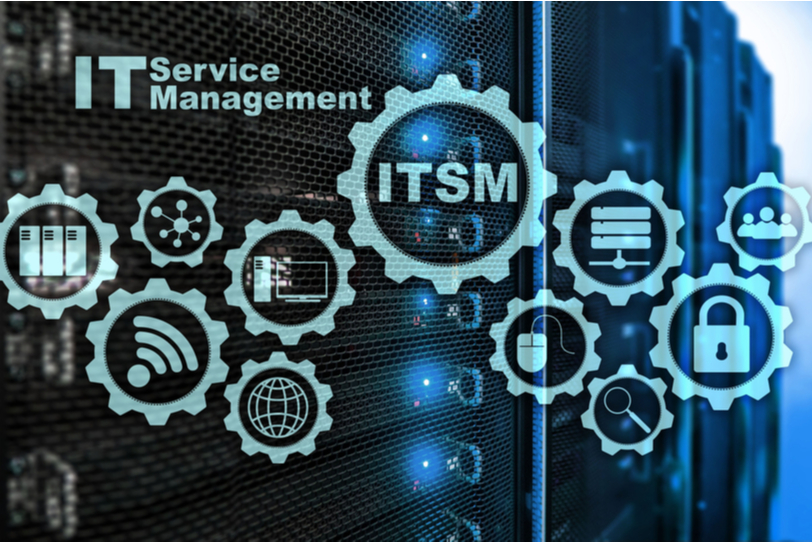
Most of the businesses today depend heavily on IT service management for their IT issues. IT issues can arise from time to time. These issues can affect the productivity of your business.
Thus, IT service management services focus on making sure that your IT requirements are fulfilled. They will make sure that IT is affecting your business positively only. ITSM have shifted their focus more on prevention rather than dealing with issue after it is escalated.
Your IT service management strategy should include the monitoring, management, delivery and design of the use of various IT services that you are using. Below are the 5 Best practices for IT Service Management (ITSM):
-
There is no “Perfect Time”
Most people wait for the “right time” to make their decisions. They wait for the “ideal time” to take action or the “right time” to implement a particular strategy. However, there is never an “ideal time” to implement something. Also, there isn’t a “perfect solution” that will fix all the IT problems. There can be multiple problems that can affect your company in the future.
Thus, you need to understand the fact that IT service management requirements for your firm will change according to the situation. But, you still need to implement the service. Also, deploying an IT service management strategy will have some impact on any business operations, which should be okay with you.
-
Measure your Service Quality
ITSM needs to measure the quality of their services. You can use various metrics to determine your service quality. Most of the time these metrics are also mentioned in your service level agreement. Your clients are going to use the same metrics to evaluate your service quality. Below are the 3 questions that customers will ask to measure your service quality:
- How good is the service that you are providing?
- Is it providing any value to their business?
- Is it meeting or exceeding their expectations?
There can be multiple questions that clients can use to measure the quality of your service. This process will help you to improve your operations. Thus, you are going to be up-to-date with the standards that determine customer satisfaction.
-
Give Priority to your clients
Companies usually define “costs” and “risks” based on their customer requirements or client list. In most cases, the end-users are the ones who are paying for such services. While implementing IT service management, it is important for your company to assign importance and values to your client products or services. You need to make sure that all of your services and products are valuable for end-users.
This will help in strengthening your relationship with your clients. They will get a better value for their money. Thus, they will be happy with your decision of implementing the ITMS.
-
Build a Perfect and clear Strategy
It is very important for ITSM to understand their customers. You should analyze your customer’s portfolio. This will allow you to arrange customers in different groups. Thus, you will have a clearer picture of where you should put in your efforts. You can use these categories to arrange your current customers:
- Duration of the relationship between you and your customer
- How much money they have brought you in the last 12 months
- The total revenue they have generated for you
You can divide your customers into 4 categories according to their ranking. For example, suppose you have worked pretty well with company XYZ for more than 5 years. You should keep them in your top priority group. If there is a company named ABC that only joined 2-3 months ago, then you must keep them separated from your top clients.
Once you have arranged all your customers you can sum up their scores. The one with the lowest sum is the ones that you should focus on more. You have to win their trust. It is important to have a strong bond with your clients.
-
The 80/20 Golden Rule
This golden rule was introduced in the 1800s by Vilfredo Pareto who was an Italian economist. It is a pretty simple rule which can be applied in any business. For ITSM, it states that 20% of your processes should be vital while the rest 80% must be useful. If you have ever owned a business, then you must already know that only 20% of your users contribute to 80% of your revenue. If you have ever worked as an Infrastructure Manager, then you must have noticed that only 20% of your infrastructure can cause 80% of problems. The 80/20 golden rule can be applied in any field. It is a guideline that helps you in streamlining and prioritizing the processes that are most important for you.
It is always difficult to automate your whole business. You can break various things if you don’t know how to do things manually. Thus, your IT department needs to follow the best ITSM practices. If you are still confused about ITSM practices, then you should take professional help from Bleuwire.
Contact us today to learn about Bleuwire™ services and solutions in how we can help your business.





